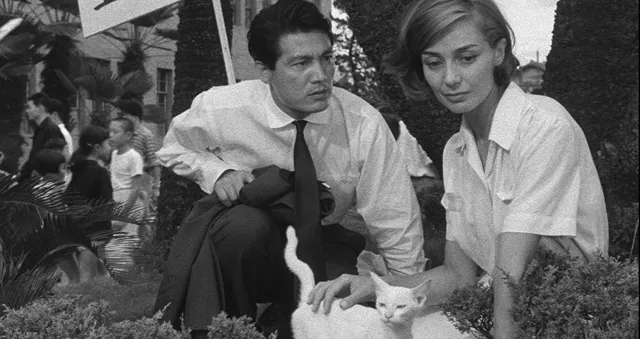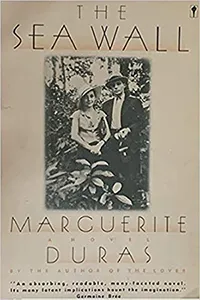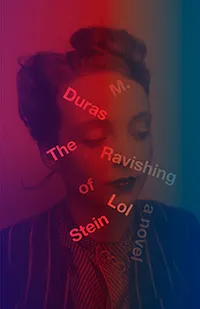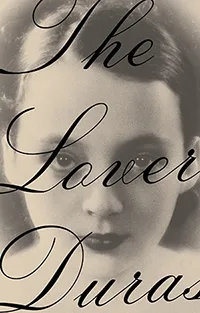
Reading Pathways: Marguerite Duras
This content contains affiliate links. When you buy through these links, we may earn an affiliate commission.
Marguerite Duras was a French novelist, playwright, and screenwriter and was associated with the nouveau roman movement. She is known for her command of dialog and the silence around what is not said. If you happen to be learning French, her novels are a great starting point for your first book-length read. The novels are short and the prose is spare and there is a lot of repetition. I find a lot of the same things in Duras that I admire in American writers like Joan Didion.
“I write about love, yes, but not about tenderness,” she told the New York Times in 1990. Born in colonial Vietnam to parents who moved there to teach but quickly became destitute, the character of the scrappy young girl who must survive on her own is prevalent in her books. Duras struggled with alcoholism for most of her life. She died in 1996, at the age of 81. She is buried in Montparnasse Cemetery.
Here is a suggested journey through some of her better-known work. Take breaks, though. I read many of these one after another in the past month and, truthfully, it’s a lot emotionally. There is passion here, but very little kindness.
Duras’s first novel contains many of the themes that she explored her entire life. It’s the story of a white family living in colonial Vietnam and what happened after the heroine’s mother bought a rice farm that proved to be a bad investment. This novel is largely autobiographical. Duras’s mother also bought a failed rice farm and favored her eldest son to the detriment of her other children.
When Lol Stein’s fiancé publicly leaves her to be with an older woman, she has a breakdown. She marries, seems to move on and then discovers a passion that can only be accessed through voyeurism.
The Lover is the semi-autographical story of a teenage girl who becomes romantically involved with a Chinese businessman in colonial Vietnam. She does this ostensibly to help her poor family financially, but feelings develop on both sides. A film adaptation of The Lover came out in 1992. Duras revisits this story in The North China Lover, which was published in 1991.














